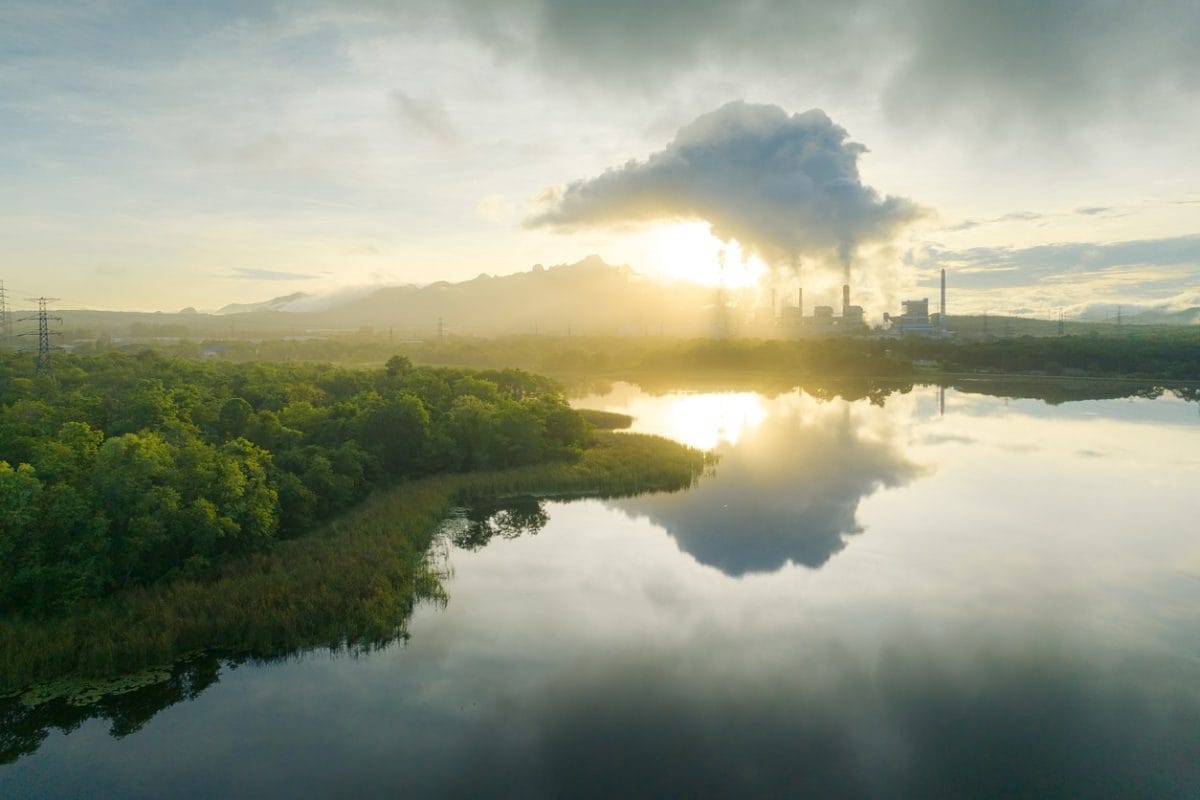
Can carbon capture and storage deliver?
The carbon capture and storage challenge
We’re poised at a key moment for the evolution of carbon capture and storage (CCS).
More than 50 years after it was first utilised as a technology and after decades of attempts to make it commercially viable, CCS advocates now hope we’re entering a new age of carbon capture.
The momentum behind CCS technology is rapidly accelerating, fuelled by more ambitious climate targets and the resulting investment incentives. In the U.S., recent federal incentives have provided substantial support to carbon capture projects across various industrial sectors. The Infrastructure Investment and Jobs Act (IIJA) and the Inflation Reduction Act (IRA) are injecting billions of dollars into the carbon capture markets and raising subsidies for capturing CO₂ from polluting sources. This significant progress makes investing in CCS projects aimed at ‘hard to abate’ industries, such as cement and steel, much more financially viable.
In Europe, a key CCS project began drilling in mid-April off the coast of Rotterdam. The hope for the Porthos project is that it will collect CO₂ emissions from the refineries and hydrogen plants around Europe’s largest port and inject them into a disused gas field in the North Sea. Many similar projects around Europe are waiting for final investment decisions.
In Asia, carbon capture deals are being struck between countries without the necessary topography and geology to store carbon (suitable geologic rock formations or deep saline aquifers), including Japan, South Korea, and Singapore, and those who aim to establish themselves as regional CCS hubs, such as Malaysia and Indonesia.
In China, policymakers have focused primarily on investing in carbon capture projects for coal power plants and other ‘hard to abate’ infrastructure. Still, progress has been slow, even in a country that has led so much innovation in the clean energy transition.
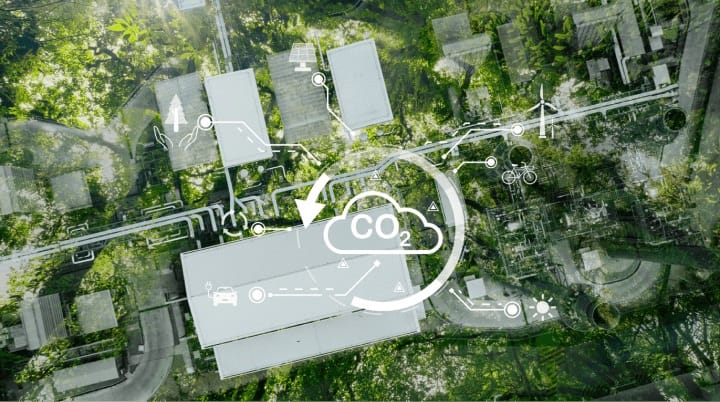
And therein lies the rub.
Despite its potential, CCS and its related siblings – carbon capture utilisation and storage (CCUS) and direct air capture and storage (DAC+S) have never fulfilled their promise. Carbon capture has developed at a glacial pace.
In over five decades, we still only have 41 CCS projects in operation globally (as of the end of 2023). According to the IEA, investment in carbon capture accounts for less than 0.5% of global investment in clean energy and efficiency technologies and costs have remained prohibitively expensive.
Carbon capture has developed at a glacial pace
So, what will this new momentum mean for carbon capture progress?
With more than 350 new projects in development worldwide, we’re standing on the brink of a rapid acceleration. The question is, can CCS deliver?
What is carbon capture and storage?
Carbon capture and storage (CCS) is a process designed to mitigate the release of carbon dioxide (CO₂) emissions into the atmosphere from industrial sources such as power plants, cement factories, and other large-scale industrial facilities. It involves capturing CO₂ emissions at their source, transporting them to a storage location, and storing them underground or in other long-term storage facilities.
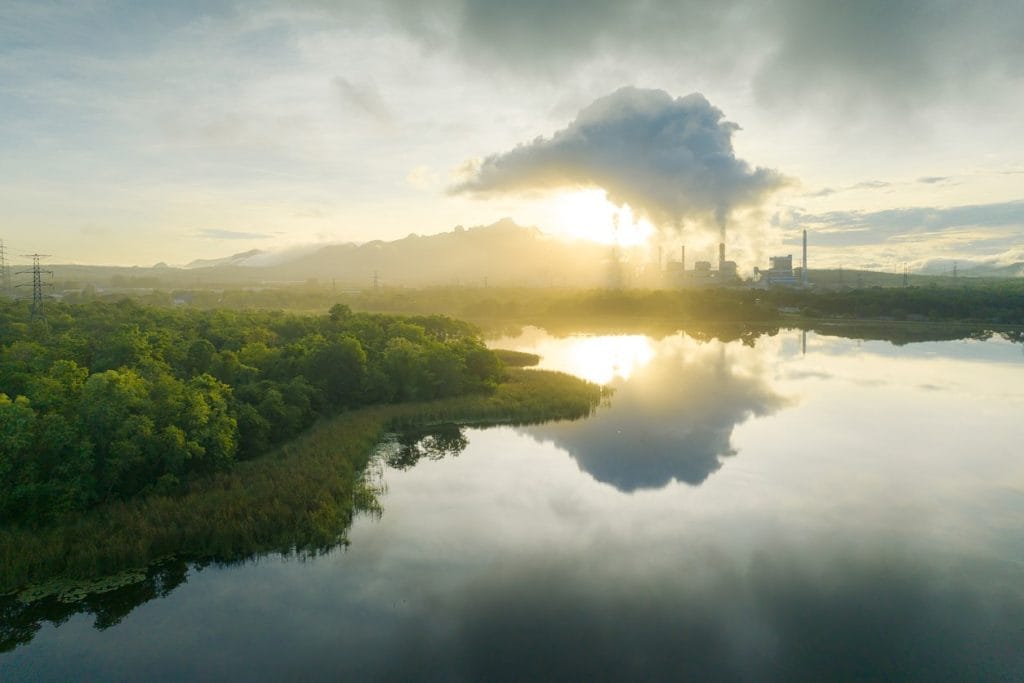
Capture
CO₂ is captured from industrial sources in one of three ways:
Pre-combustion Capture
This involves converting the relevant fossil fuels into a mixture of hydrogen and CO₂ before combustion. The CO₂ is then separated and captured. This method is often used in industries like chemical plants and steel production.
Post-combustion Capture
CO₂ is captured after the fossil fuel has been burned. This is the most common method and is used in power plants. The plant’s flue gas, which contains CO₂, is passed through a solvent that absorbs the CO₂.
Oxy-fuel Combustion
Fossil fuels are burned in oxygen instead of air, producing a flue gas that is mostly CO₂ and water vapour. The CO₂ is then separated by condensing the vapour.
Capturing CO₂ is hugely expensive, which is one of the main reasons that adoption has been slow
Transport
Once captured and separated from the solvent, the CO₂ is compressed and transported to a storage site. Transportation can be done via almost any method of freight, but pipeline is the most common and cost-effective.
Storage
Once transported, the CO₂ is injected into geological formations for long-term storage. These include depleted oil and gas fields and deep saline aquifers, which are porous rock formations often kilometres beneath the earth’s surface or seabed. These saline aquifers have the largest storage potential for sequestered carbon, but a lack of research and investment has previously limited their use.
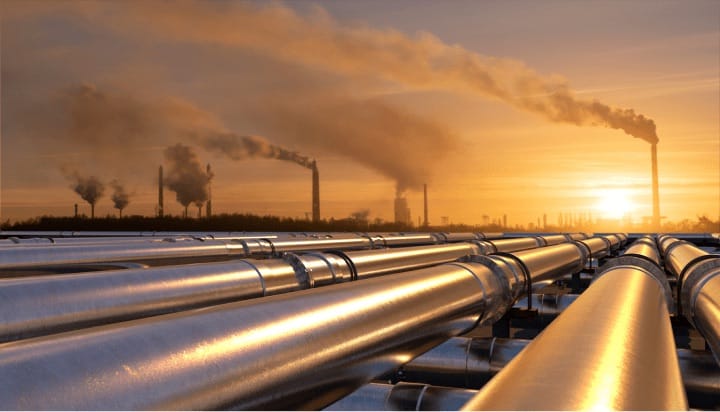
Carbon utilisation
CCS and CCUS are often used interchangeably, but they are distinctly different.
Instead of solely focusing on storage, the utilisation element of CCUS includes processes where CO₂ is used in various applications before or instead of being stored. Captured CO₂is primarily used in the fertiliser industry and for enhanced oil recovery. However, newer uses, such as producing CO₂-based synthetic fuels like e-methanol, are gaining momentum. Captured carbon is also being used to produce ‘blue hydrogen’ and to support decarbonising ‘hard to abate’ industries, such as construction, steel and chemical production.
Capturing CO₂ is hugely expensive, which is one of the main reasons that adoption has been slow. With limited commercial upside, storing carbon underground is costly. Utilising the sequestered carbon adds a commercial dimension that can offset the costs associated with capture and storage, reducing the financial burden on companies and making CCUS a more attractive investment.
Direct air capture
On May 8, Climeworks, a Swiss start-up, opened the world’s largest commercial direct air capture and storage (DAC+S) plant in Hellisheidi, Iceland, nicknamed ‘Mammoth’.
The plant is designed to eventually remove 36,000 metric tons of carbon each year, the equivalent of taking 8,600 cars off the road. Climeworks has not released the cost per ton of removal at the Mammoth plant but said it is seeking to reduce costs of the technology to $400-600 per ton by 2030 and $200-350 per ton by 2040.
The concept behind DAC+S is that these plants use giant extractor fans to pull in air from the surrounding environment. They then use a chemical process or a physical filter to remove the CO₂, which is transported and stored just like CCS.
The challenge is that the DAC+S process is still prohibitively expensive and energy-intensive. Although modular in design, which in theory gives them geographical flexibility, DAC plants still need to be close to a source of reliable renewable energy and have access to storage capacity. For example, ‘Mammoth’ is powered by Iceland’s renewable geothermal power plants.
The IEA has called Direct Air Capture a “key technology for net zero”, and there is growing policy support and investment in the process. However, critics have suggested that DAC and other carbon capture technologies distract from the more important work of cutting CO₂ emissions.
They point to the decades of failed attempts to scale and the industry overestimating the efficacy of existing carbon capture pathways. As one of a handful of companies developing DAC solutions, Climeworks does acknowledge that emission reductions are the “absolute priority” but that CO₂ removal is essential to neutralise unavoidable and historic emissions.
Critics have suggested that DAC and other carbon capture technologies distract from the more important work of cutting CO₂ emissions
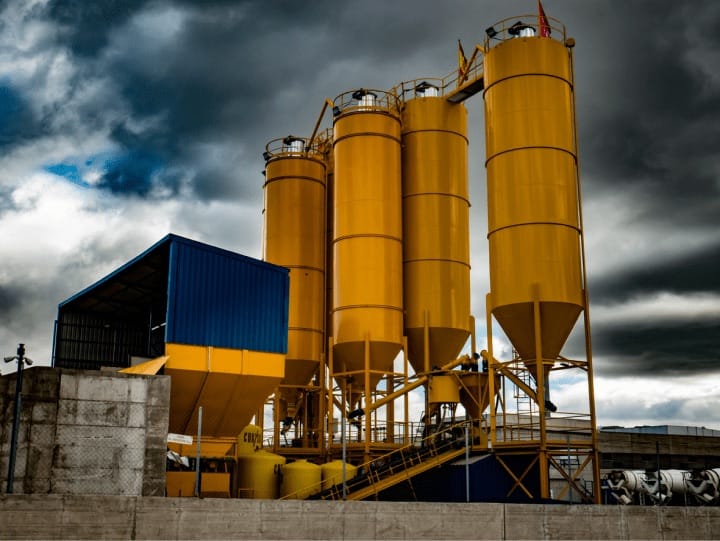
Hard to Abate industries
As with so many elements of the clean energy transition, there are clear trade-offs with carbon capture. On the one hand, the technology works in theory, although not proven at scale yet, and there’s little argument that we need to remove billions of tons of CO₂ annually to meet climate goals.
Investing in carbon capture will help scale up and drive down the cost of these technologies. However, the excitement around carbon capture also risks fuelling unrealistic expectations about how much we can rely on carbon removal, giving countries and companies the green light to continue emitting.
Carbon capture must be part of a broader portfolio of carbon reduction measures. Still, one area in which it will be crucial is supporting those ‘hard to abate’ industries, including shipping, aviation, cement, iron and steel, and chemicals and petrochemicals. These sectors account for approximately 25% of the world’s energy consumption and around 20% of total CO₂ emissions.
Developed at scale, these industries can integrate carbon capture technologies at the point of emission, supporting industries like cement and steel, where a substantial portion of emissions come from chemical reactions and high-temperature processes using fossil fuels. There are also growing use cases for sequestered carbon to encourage a circular economy in these industries. Innovative methods are being developed to utilise captured CO₂ in producing concrete and cement. For example, CO₂ can be injected into concrete during the curing process, enhancing the material’s strength and durability and “storing” the carbon for generations.
Sequestered carbon can also be used as a feedstock for producing various chemicals, including plastics and polymers. Companies are developing processes to convert CO₂ into valuable chemicals such as methanol and ethanol. Captured CO₂ can also be converted – via ‘blue’ hydrogen – into synthetic fuels such as synthetic jet fuel, e-methanol and e-kerosene. These fuels can serve as low-carbon alternatives to conventional fossil fuels, supporting the transition to cleaner energy sources, particularly in shipping and aviation, where it’s much more difficult for carbon capture to have a direct impact.
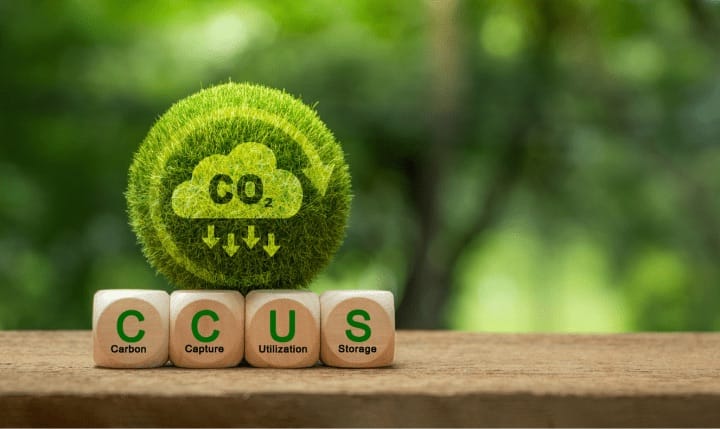
We’re still far from the technology being commercially viable and scalable enough to impact carbon reduction.
On paper, the potential for carbon capture and storage is significant for reducing CO2 emissions and playing a vital role in reshaping entire industries around circularity and sustainability. However, we’re still far from the technology being commercially viable and scalable enough to impact carbon reduction.
Carbon capture processes are still evolving; despite decades of research, they should still be considered nascent technologies.
Only recently have government policies and incentives begun to encourage the necessary investment in CCS and CCUS, and now policymakers must go further. Governments are talking a good game at a national and global level. However, there still needs to be a more transparent connection between regulation, access to funding, and planning decisions, which leads to inevitable delays in new project commissioning. Streamlining approval processes, ensuring precise and consistent regulatory frameworks, and enhancing stakeholder coordination will all help with commercial viability. Integrating CCS with renewable energy sources, developing regional carbon hubs, and creating new markets for CO₂-derived products will also support more investment and innovation.
